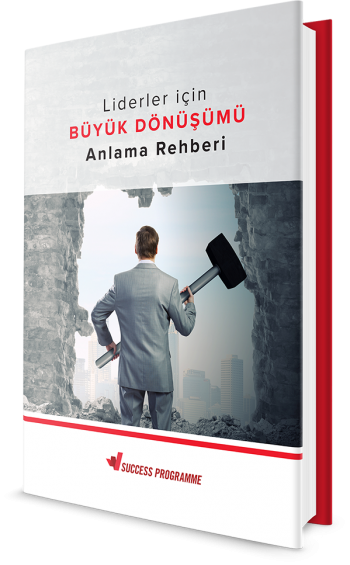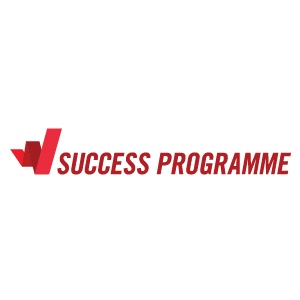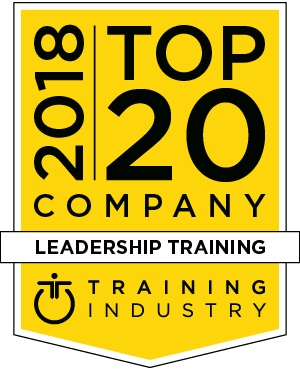Have you ever spent hours, days even, putting together what you think is the perfect training session, only to realize afterward that it didn’t have the impact you’d hoped for? Maybe you were greeted with blank stares, or worse, employees who quickly “forgot” everything you spent so much time curating.
It happens more often than we like to admit. But here’s the thing—training doesn't have to be this complicated, drawn-out process. It can—and should—be simple, impactful, and actually stick. So, how do we make sure that the time, energy, and resources we pour into training aren’t just a waste?
Let’s dive into some real, practical strategies for making training not just effective, but memorable. After all, we’re not here to add more to people’s plates—we’re here to make sure they leave with knowledge they can actually apply.
Why Does Training Sometimes Miss the Mark?
We’ve all been there: the employee completes the training, nods along during the session, and leaves thinking, “Okay, now what?” The problem isn’t necessarily the content—it’s how we deliver it.
Ever run into this? We pack training sessions with everything we think employees might need to know, but end up overwhelming them with too much information, too quickly. It’s like giving someone a 500-page manual when all they need is a quick cheat sheet.
So, why does this happen? It’s simple—training, in its purest form, is meant to make things easier, but when we cram too much into a single session, we do the opposite. People get lost, distracted, and, ultimately, disengaged.
Making Training Simple and Effective
- Focus on What’s Essential (And Ditch the Extra)
This one’s crucial. The more information you cram into a session, the more likely it is that employees will forget it all. Instead, focus on what employees really need to know. What’s going to move the needle for them in their role right now?
For example, if you're training your team on a new tool, don’t get bogged down in every little feature. Focus on the key actions they’ll use every day. The rest can come later, once they’ve mastered the basics.
I’ve seen this play out in real life: A company reduced their training time by half by cutting out all the “nice-to-know” stuff and just focusing on the most important, everyday tasks. Not only did this free up employees’ time, but it also made the content stick much better.
- Make It Interactive—Let Them Practice
We’ve all had those training sessions where we’re simply sitting there, trying not to doze off. The best way to keep your team engaged? Make it interactive. Instead of just telling them what to do, let them get hands-on.
For example, when training customer service reps, have them role-play different scenarios. Have them practice responding to customer complaints, handling difficult calls, and using the tools they’ll rely on daily. The more they practice in a controlled environment, the more confident and competent they’ll feel when it’s time to put that training into action.
- Break It Down—Microlearning Is Your Friend
Let’s face it: No one has the patience for hour-long training sessions anymore. Attention spans are shorter than ever, and information overload is a real problem. That’s where microlearning comes in—small, digestible chunks of content that can be absorbed in 10–15 minutes.
Here’s a simple truth: People retain more when they learn in short bursts. Think of it like snacking throughout the day instead of trying to eat everything in one sitting. It’s more manageable, less overwhelming, and people are more likely to retain what they’ve learned.
I’ve worked with companies that use microlearning to great effect. Instead of one long session, they break up content into bite-sized modules. Employees can dip in when they have time, and they get the most out of each session without feeling overloaded.
- Use Technology to Support, Not Overwhelm
Technology is a powerful tool, but it can’t replace the human touch. Still, when used right, it can make training more efficient and personalized. Platforms like Learning Management Systems (LMS) can help deliver content, track progress, and provide ongoing support, without you having to manage every detail.
For example, using an LMS, new hires can access the training they need at their own pace. It’s flexible, it’s convenient, and it gives employees control over their learning. Plus, it’s easy to follow up and check on their progress, which brings us to our next point…
- Follow Up and Reinforce
Here’s the truth: Training isn’t over when the session ends. It’s an ongoing process. Without follow-up, what was learned in the training room is likely to fade away. You need to keep the conversation going.
Simple follow-ups can make a world of difference. Set up regular check-ins to see how your employees are applying their new skills. Offer resources or even just a quick “how’s it going?” email. By showing that you’re invested in their continued development, you’ll keep them engaged and motivated.
And don’t forget to ask for feedback. What worked? What didn’t? This will not only help you improve your future training sessions but also help your employees feel heard and supported.
Keep It Simple, Keep It Real
The bottom line? Training doesn’t need to be complicated or time-consuming. In fact, the simpler and more focused you make it, the more likely it is that your employees will retain the information and actually apply it.
So, what’s your next step? Take a look at your current training programs—are they too long? Too packed with information? If so, it might be time to simplify. Focus on the essentials, engage employees in the process, and provide the support they need to succeed.
Remember: training isn’t about ticking off a box; it’s about creating lasting impact. When you cut out the fluff and focus on what really matters, your employees will walk away ready to take on the world.
Let’s stop making training a chore, and start making it something that actually moves the needle. Are you in?



